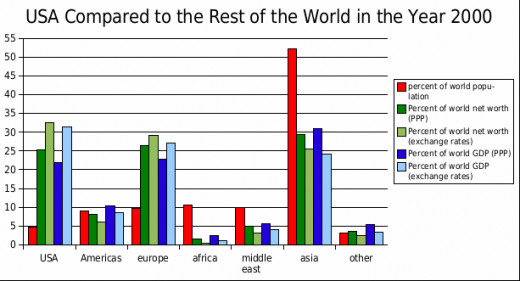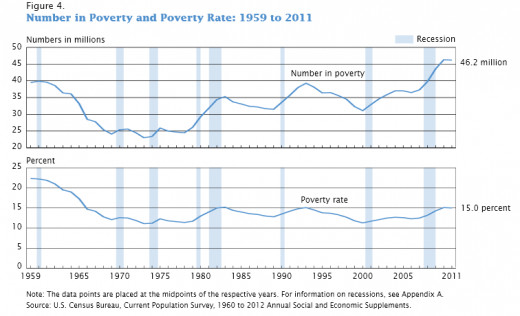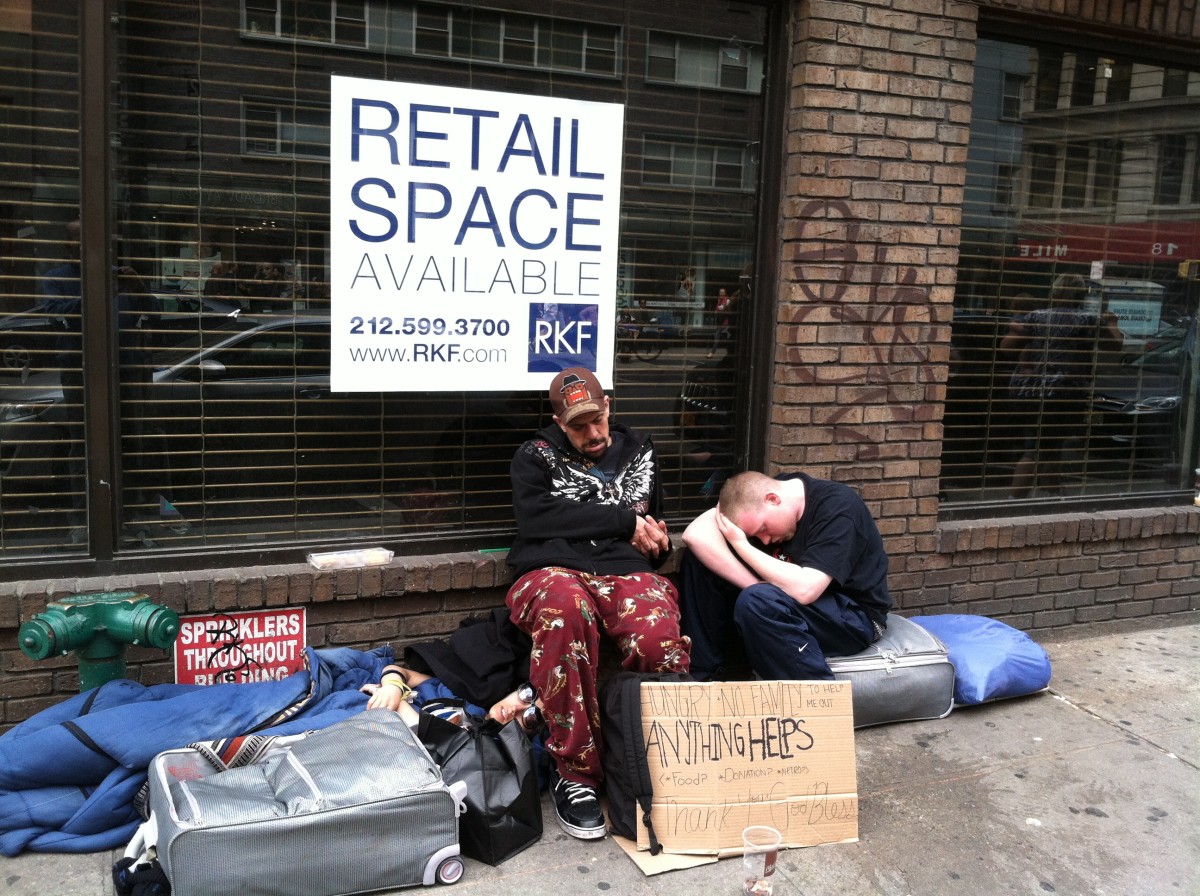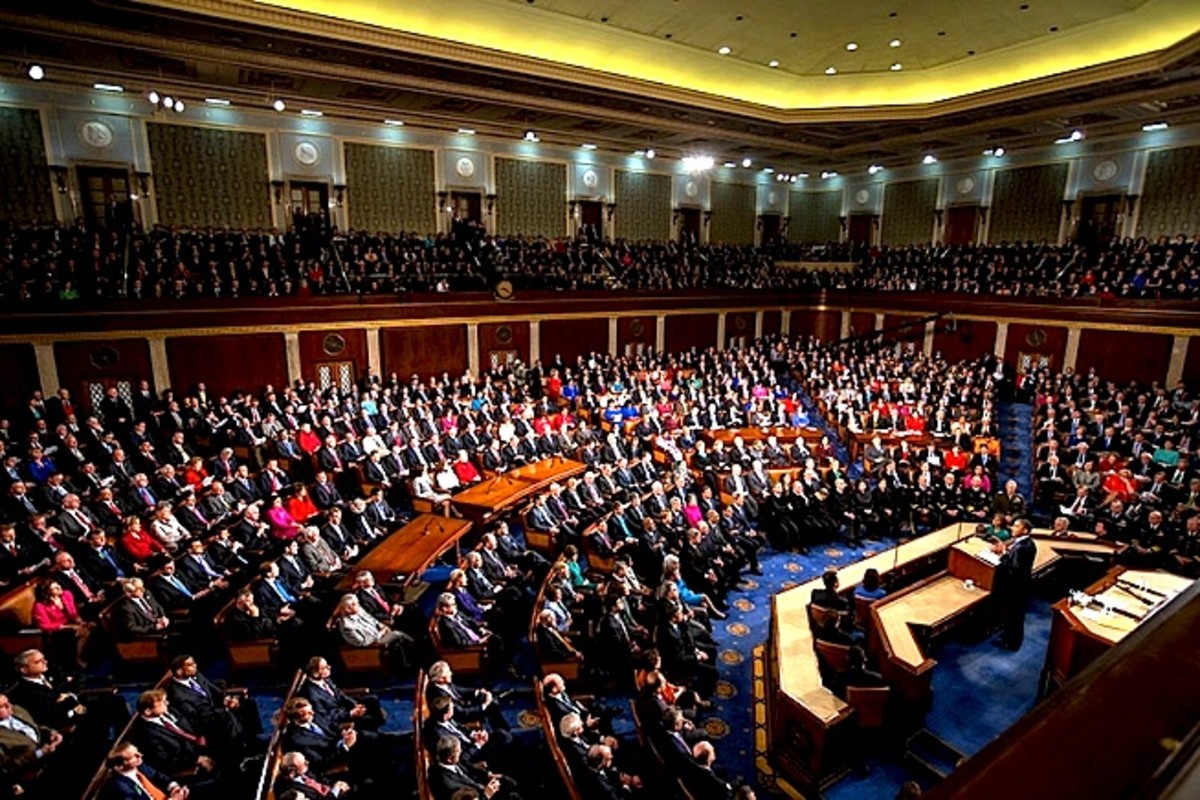Will Online Shopping End the American Economy?
Opportunity or Defeat?
With new online marketplaces opening up to sellers and shoppers alike more rapidly to compete with ecommerce giants such as eBay and Amazon, has the thought crossed your mind as to whether online shopping hurts or helps the American economy?
What do you know about free trade and protectionism?
August 13, 2011, Professor Don Boudreaux stated in a video that free trade treats foreign goods and services no differently than domestic goods and services. Protectionism is a system of trade that discriminates against foreign goods and services in an attempt to favor domestic goods and services. Professor Bourdreaux went on to explain that free trade brings lower cost goods and services to consumers. Therefore, the benefits of free trade can be seen in American and Asian economies. Countries that have a relatively high degree of free trade, consequently, have experienced an explosion of wealth.
Yet, what are the negative consequences?
eBay's headquarters are in San Jose, California.

To understand, we first must go back to basics.
That old saying, "don't forget where you came from", rings more truer for this situation.
eBay, for instance, was founded in 1995 by Pierre Omidyar, a French-born Iranian-American computer programmer, who wanted a side hobby.
The first item auctioned on eBay was for a broken laser pointer. The buyer, a collector of broken laser pointers.
Omidyar, eBay's founder, was forced to upgrade to a commercial internet account due to a high volume of traffic on his website. The price increase between the internet accounts ($220 difference) forced Omidyar to start charging sellers who were using eBay's marketplace platform.
Three years later, Omidyar hired eBay's first President and CEO. At that time, in 1998, the company had 500,000 registered users and revenues just short of reaching $5,000,000.00 dollars!
The economy of the United States of America.
- The United States is one of the largest trading nations in the world, second to China.
- The United States has been the world's largest economy since the late 1800s.
- Out of the 500 world's top largest companies, over 100 are located in the United States. That represents twice the amount as any other country.
- Currently, in 2013, consumer spending represents 71% of the United States economy.
The United States still feels aftershocks from an economic downturn that started in 2007.
In 2011, extreme poverty doubled in the United States to over one million households with almost three million children living on less than $2.00 per day (not counting government assistance).
The wealthiest top 10% of the United States population possess 80% of all financial assets.
The United States is home to approximately three million small businesses.


The top three sectors of United States employment.
- Service sector makes up 78.6 percent of United States employment.
- Industry sector makes up 19.9 percent of United States employment.
- Agriculture sector makes up 1.5 percent of United States employment.
Employment By Sector
Industry
| Percent of total employment
|
|---|---|
Retail Trade
| 10%
|
Food Services
| 8%
|
Professional and Technical Services
| 6%
|
Education
| 5%
|
Finance
| 4%
|
Construction
| 4%
|
Wholesale Trade
| 4%
|
Manufacturing
| 3%
|
Have you ever started your own company?
Entrepreneurship in the United States.
An entrepreneur is one who transforms innovations in to economic goods or starts a new business.
It is estimated that half of all working men in the United States have been self-employed for one or more years, or up to as many as six years.
The goal to drive economical growth is shared by many who venture in starting their own business.
(No statistics on women were provided.)
Amazon, the marketplace, started out with a business plan in 1994.
Beginning as a bookstore, it diversified. It is the largest United States online retailer!
The climate change in eBay.
When I first started using eBay for personal purchasing online after I had my children, I found the massive website easy to use and the sellers extremely friendly.
I made friends instantly with almost every one I bought something from. A new conversation would develop the minute I won an auction. "How would you like this shipped, first-class or priority"? "Would you like gift wrap, is it a gift?"
Endless conversations made long-lasting friends. I recall a particular seller around 2007 when I made a purchase of a few hard-to-find vintage collectibles. She told me that times were increasingly harder to make a living on eBay. When her and her husband left their full-time jobs at a factory in Rhode Island, they started selling things around the house and made enough in the first month to pay their mortgage. Soon they became what was known then as a power seller and enlisted with eBay's health insurance program. Their dream was to retire on eBay.
Their dream came to a screeching halt when they started noticing yard sales weren't offering the same deals that offered them a chance of buying to resell in the eBay marketplace. While at one time they could flip a used dish for $20 profit, the used dishes were no longer easy to find. Those used dishes were ending up in consignment stores and antique shops that priced them far exceeding the 25 cent days at yard sales.
In addition, the local Goodwill store started raising prices to reflect a more eBay mindset. The managers caught on that the very customers hauling away deal after deal were also making a fortune flipping the donated wares on eBay to make a full-time living!
The dream was over for many back then.
Today, their are those who strongly urge never placing everything in eBay. What worked for Pierre Omidyar once upon a time is not the same dream that is being sought after today.
Omidyar brought imagination, envision, risk, and determination to an age where online shopping was just beginning.
The Etsy experience.
Etsy was founded in 2005 as an online website suited for handmade items. It soon grew to expand in to vintage categories (for items 20 years or older), as well as art and craft supplies.
The concept took off for handmade work. Especially for artists and crafters that worked from home. It gave them a place to showcase their one-of-a-kind talents and earn money for their hard work.
Etsy had a setback in 2007 when it's records showed it was not a profitable company.
After receiving an infusion of funding, in 2008 some eBay sellers switched to Etsy after feeling dissatisfied with eBay's latest policies toward sellers. Etsy also had an employee overturn and hired a former Yahoo Technology Officer to be their own Chief Technology Officer.
In 2009, with the help of Twitter, Etsy received more attention and gained more buyers, possibly due to the downturn of the United States Economy and more promotional use of social media.
By December 2010, Etsy had seven million registered users and vowed to focus on a more personal community feel as it grew larger, to stand out from massive competitor eBay.
But, in 2012, it was validated that Etsy was inconsistently applying its rules about items having to be handmade. While some sellers would be penalized for not providing evidence such as photos of their art studio to independently prove their items were handmade, other sellers were not creating one-of-a-kind items per the terms of use and allowed to sell their items.
With small insertion fees and final value fees charged on items listed and sold on its site, Etsy is still very popular among sellers and buyers alike.
What has changed?
Etsy made USA Today headlines on October 1, 2013, as it beefs up it's competitive edge and allows sellers to list items that are not just handmade but also produced by manufacturing partners.
Etsy created this new policy recently to give sellers more flexibility. They want sellers to have the opportunity to increase supply quicker and generate more sales. However, this may come as an unwelcome invitation to those who have been with Etsy since the beginning and like the fact that Etsy has always been about the unique, handmade good, that is not produced on a massive scale.
Many Etsy sellers have proven their worth well with handmade items created in make-shift basement art studios that they have literally created from the ground up! There's something to be said about that first sale when you get the encouragement and praise you need to boost your confidence and list more.
Now that Etsy is allowing competition with items produced in volume, Etsy's CEO explained that some sellers felt punished working longer hours to maintain a shop that they single-handedly had to work at and manage because of strict Etsy user policies. Etsy sellers didn't feel they could hire help because all items were supposed to be made by the seller and one-of-a-kind. Some sellers left because Etsy's rules were too strict.
I personally know of one stay-at-home mom that started designing children's dresses from home. I bought one of her ruffled dresses in farm-print. It took six weeks to receive. After leaving her terrific feedback, I noticed not everyone was so patient or excited about the wait it took to receive their items. Perhaps this new policy will help someone like this Etsy seller who sells customized handmade dresses out of her family living room by allowing her to enlist help to sell her items. Does Etsy really intend for these new policies to make it more user-friendly?
Will this new policy help the individual small seller?
An ongoing dilemma.
One side of eBay are sellers who believe that diversifying wares will make an easier time transitioning in case something goes wrong. They pro-actively advocate to spread out and never place a full carton of eggs in just one marketplace.
There are Etsy sellers now looking to leave. They feel Etsy is now more like eBay. Many Etsy sellers first started on eBay, transitioning to Etsy which they now feel will be nothing more than mass produced items which eBay has become instead of the auction site it once was.
The upside to Etsy's latest policy change as I see are crafters who make a lot of items at a time and want to list them. It was previously told to those sellers that they must limit the amount of listings to a few a day of the same item. If they were to list 10 of the same handmade item, Etsy might perceive this as being mass produced and might disallow the listings.
On the other hand, as sellers already know about eBay, many small sellers have been pushed out of the marketplace all together because of the influx of mass produced items that are now listed on their site.
I noticed while searching Etsy for some craft items this past spring to use in a school project for my daughter, it was no longer the unique, one-of-a-kind shopping experience I had become fond of in the beginning. In fact, it was terribly frustrating to me because there were so many items that weren't unique and were listed in mass quantities that I eventually gave up and bought them somewhere else. So, it's as equally frustrating for a buyer as a seller when a marketplace becomes flooded with items that have to be searched through tediously in order to find what you want. (I still love Etsy because it is still a fascinating place to shop.)
However, as I look out at all of the empty American mill buildings along the East Coast, I have to wonder, at what point did Americans start wanting faster and cheaper products?
The old saying, "you can't have your cake and eat it too".
A country this size, despite surviving a Great Depression and an economic downturn six years ago is still thriving. As evidence has shown, retail is still the top number one industry and employs the largest percent of American workers.
Reflections of old mills haunt memories as they now sit vacant across America.

The difference with Walmart.
Stores like Walmart, Target, Cosco, BJ's Wholesale Club, and so forth are all positioned in America to make profits! They want business from American shoppers.
So why is that online marketplaces get so much gruff about globalizing their venues? After all, brick and mortar stores often buy from oversea suppliers.
As many folks have answered in commentaries across the web, Walmart buys directly from overseas and offers goods to American consumers. The difference is with online shopping, buyers can buy directly from overseas, eliminating the middle store all together.
While some people still prefer to shop in a store instead of online, mobile shopping with cell phones has further opened opportunities for online shopping experiences.
Walmart is the largest retailer in America, employing many workers.
Conclusion.
While the American economy is still digging out from under the downturn of 2007, internet entrepreneurs are trying to spread out more. Isn't that the advice small smellers are given entering the eBay arena the first time? Diversify! Don't put all of your eggs in one basket to have something to fall back on.
Some will say that the American Economy is holding its own with consumer spending representing over 70% of the American Economy.
Many sellers on eBay are small sellers, working from their home. Likewise, many Etsy sellers are people pursuing a dream of working from home creating unique handmade items. Yet these very people who made these online marketplaces as gigantic as they are today are now feeling a downturn of their own in sales. Many eBay sellers report much lower volume of sales, forcing some out of business.
However, if buyers are now shopping for faster and cheaper, utilizing the ever-expanding online marketplaces for ways not thought possible just a few years ago, and buying from overseas directly, one must think about how that will eventually impact the American Economy.
For better or worse?
I'd love to hear from you. Please leave your comments below and tell me how you think globalization of internet marketplaces will help or hurt the America economy.








